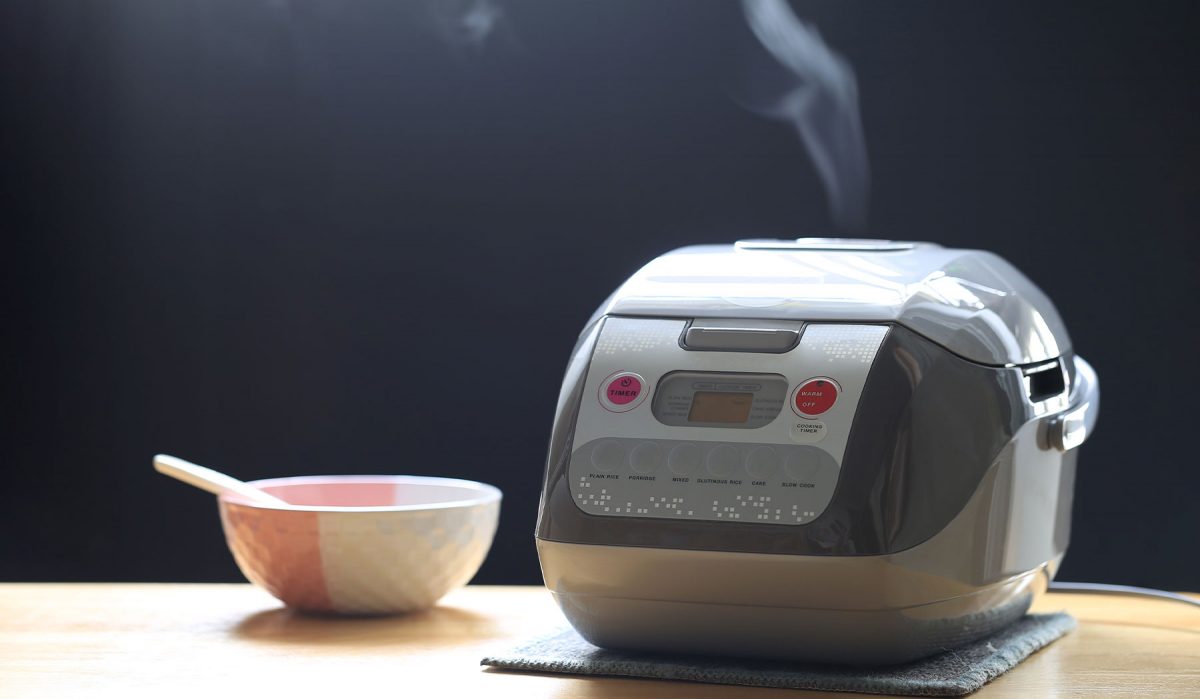Most households in Japan today have an automated rice cooker, known as suihanki in Japanese. It is a convenient appliance that saves the time of watching rice being cooked on the stove, as well as prevents the rice from being burned on the bottom of the pot. The rice grains are simply rinsed (if necessary, since many brands today offer prewashed rice grains) and the adequate amount of cold water is added to the pot, which is removable from the rice cooker device.
An easy way to figure out how much water should be added is by leveling the surface of the rinsed rice, and placing your hand on top of the rice. Then, slowly add the water until it reaches to just before the middle knuckle on your hand. Place the pot back into the rice cooker, close the lid, and switch it on. For 4 cups of rice, it generally takes about 45 minutes or so. There is usually a chime or tune that plays to indicate when the rice has been cooked.
A Brief History of the Rice Cooker
A prototype of the suihanki was designed by the Mitsubishi Electric Corporation in the 1940s, however the company failed to develop the model into a product that was practical and easy to use for the consumer.
After years of refinement, another attempt was made by Toshiba in 1956. This time, a timer was added so that the rice cooker could simply be switched on and left alone, switching off by itself when the rice was cooked. With the addition of the timer, the Toshiba rice cooker was successful on the market.
